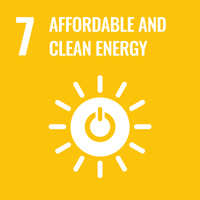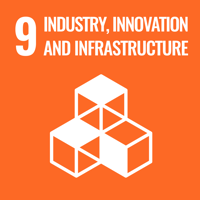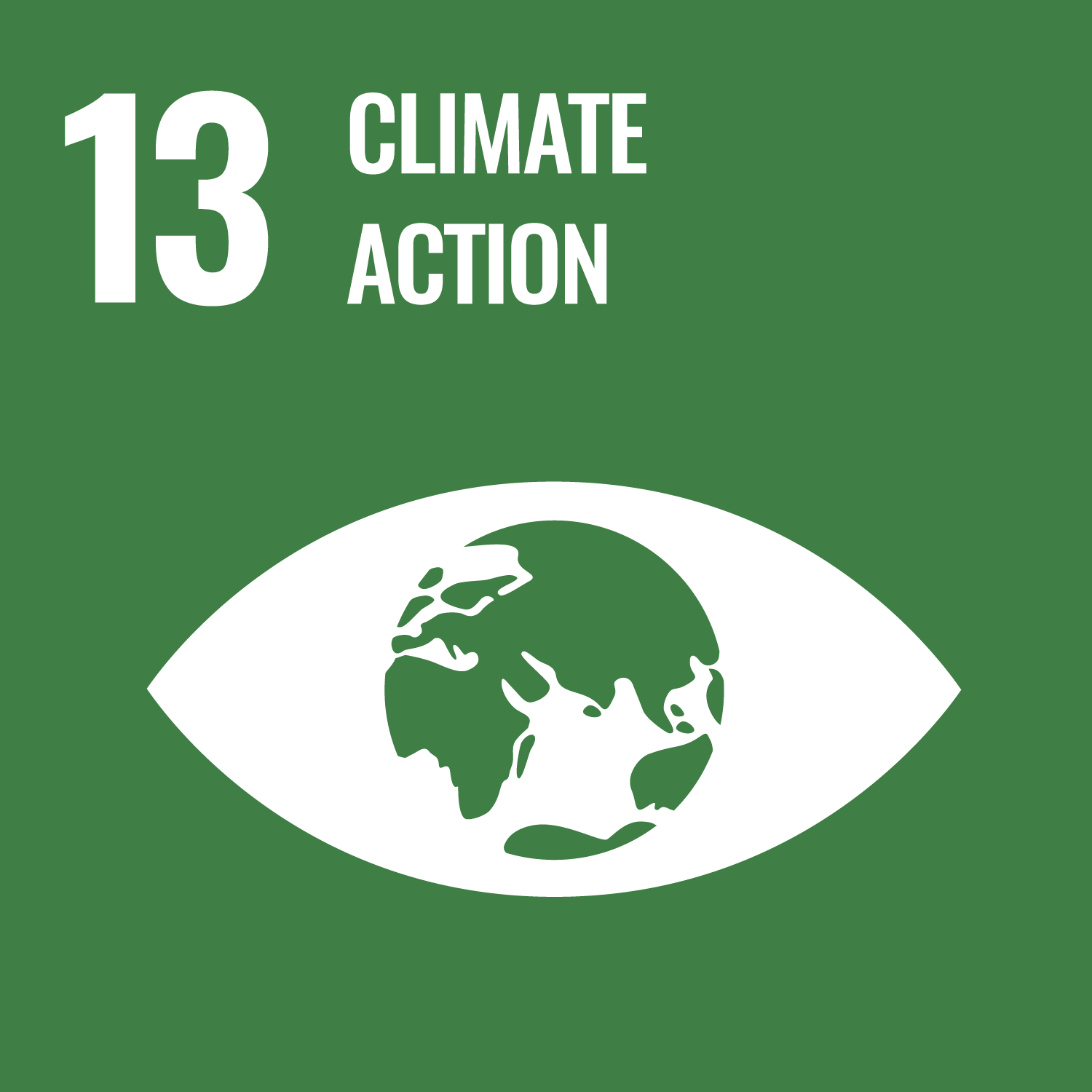


Ambition
Reduce our absolute carbon emissions and, in Scope 1 & 2, offset the remainder to achieve carbon neutrality by 2030.
Achievements
Our Strategic Roadmap: Scope 1 & 2 carbon neutrality
Our Scope 1 consists of stationary combustion – gas/ oil-fired heating in our stores, head office and distribution centre – and mobile combustion – transport via primarily diesel-fuelled company vehicles. Year on year, both declined due to efficiency upgrades.
Our Scope 2 emissions for stores remained relatively static year on year due to the continued purchase of renewable electricity across the vast majority of sites, excluding our Northern Ireland sites, which are not currently part of the main Group electricity contract. There were an additional 48 tCO2 e reported for FY24, which took into account the charging of electric and hybrid cars.
Our Scope 1 & 2 decarbonisation strategy is continually developing; as such, specific timescales are likely to change with time. Our broad strategic roadmap is set out below.
Reduction Strategy
During FY24, our Scope 1–2 reduction strategy has evolved as a result of our ongoing partnership with carbon consultancy Normative. We remain committed to be carbon neutral by 2030 and recognise the importance of coordinating this ambition with climate science.
Decarbonisation will involve the electrification of all heating and vehicles, which at this point in time is financially and technologically unviable. However, we will continue to invest in carbon reduction initiatives and in 2030 we will offset any unavoidable emissions at that time.
| Short term 0 to 3 years | Medium term 4 to 15 years | Long term 16 to 30 years |
|---|---|---|
| Establish Carbon reduction targets across all scopes | Carbon neutral (from 2030) | Net zero emissions |
| 20% HVO haulage (FY26) | Majority HVO haulage | Electrification of haulage |
| Gas efficiency savings (equipment upgrades, behavioural changes) | Electrification of heating | |
| 100% renewable electricity | In situ photovoltaic installations to reduce costs of electrification | |
Scope 3
This year marks a significant milestone in the Group’s sustainability journey, with the publication of our inaugural Scope 3 measurements. Scope 3 encompasses indirect emissions that occur throughout the entire value chain, including upstream activities (for example, product manufacture) and downstream activities (for example, product use).
In FY24, we partnered with Normative, a carbon consultancy to measure our carbon inventory across all scopes. During this period, we have measured our Scope 3 emissions across the past two years with FY23 now being our baseline year.
For our calculations, we took a hybrid approach of using both activity and spend data and recognised the importance of being as granular as possible. As such, 98% of our Scope 3 emissions were calculated using activity data to ensure we had a better understanding of our carbon footprint at supplier and product level. In addition to this activity data, we have also been able to use a considerable number of supplier Environmental Product Declarations to ensure we have the best possible emission factors at this stage.
Summary of Findings
The vast majority of Scope 3 emissions sit within 3.1 Purchased goods and services (109,325 tCO2 e). This was expected, and is typical for retail and wholesale businesses, particularly those in carbon-intensive sectors such as construction. Group sales are dominated by tiles and tile adhesives, both of which are inherently carbon-intensive and will hinder reduction efforts without significant technological development in manufacturing methods.
Second to this category is 3.11 Use of sold products (47651 tCO2 e). This results from the lifetime energy consumption of electrical products – particularly, underfloor heating. With the UK government committed to 100% renewable electricity generation by 2035, this category of emissions should reduce to zero irrespective of Group Strategy.
All other Scope 3 categories are substantially smaller than 3.1 and 3.11. Encouragingly, despite this, we believe there is potential for reduction in each, and will support our suppliers in pursuing this.
| Upstream | FY24 (tonnes) | |
| Category 1 – Purchased goods and services | 109,325 | 61.9% |
| Category – 4 Transportation and distribution | 6,519 | 3.6% |
| Other categories combined – 2, 3, 5, 6,7 and 8 | 6,211 | 3.5% |
| Downstream | FY24 (tonnes) | |
| Category 11 – Use of sold products | 47,651 | 27.0% |
| Category 12 – Product end-of-life treatment | 7,012 | 4.0% |



